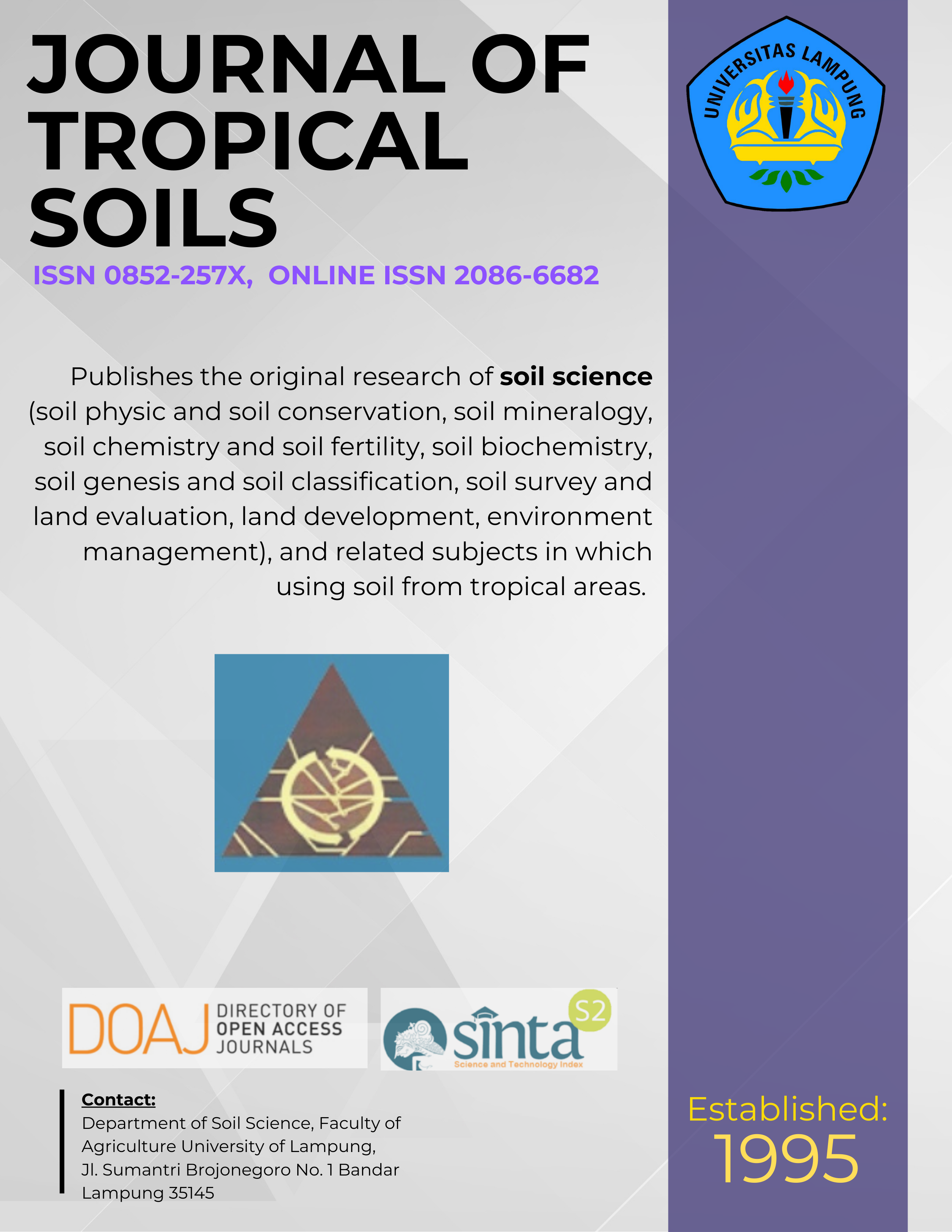Methods for Delineating Degraded Land at Citarum Watershed, West Java, Indonesia
Main Article Content
Abstract
Accurate information on the extent and spatial location of degraded lands is very important to plan their rehabilitation. So far, various institutions issue different estimation on the extent of degraded land in Indonesia led to big confusion for rehabilitation planning. Ministry of Forestry estimates around 30.2 million ha of degraded land both inside and outside forestry area throughout Indonesia based on data released in 2007. Ministry of Forestry implementes the so called scoring method in delineating degraded land. Criteria used in the scoring methods are: land cover, slope steepness, erosion, and management. Scoring method applies different weight to each of those criteria. This study aimed to analyze accuracy of scoring method and to compare it to propose alternative methods in delineating degraded land such as: a) Inconsistency of land use, and b) Combination of Inconsistency of land use and scoring method. The accuracy of these methods were obtained by comparing to the field observation. The slope map was derived from SRTM 30 m, soil map was obtained from Soil Research Institute and land cover/land use from Ministry for Environment. Using GIS analysis, those maps were used to compose land capability classification (LCC) and inconsistency of land use. The study showed that scoring method had 66% accuracy in delineating degraded land. When scoring method was combined with Inconsistency method the accuracy increased about 7%.
Keywords: Degraded land; inconsistency of land use; land capability class; scoring method
[How to Cite: Tarigan SD. 2012. Methods for Delineating Degraded Land at Citarum Watershed, West Java, Indonesia. J Trop Soils, 17 (3): 267-274. doi: 10.5400/jts.2012.17.3.267]
[Permalink/DOI: www.dx.doi.org/10.5400/jts.2012.17.3.267]
Downloads
Article Details
Section
License for Authors
Authors who publish with this journal agree to the following terms:
- Authors retain copyright and grant the journal right of first publication with the work simultaneously licensed under a Creative Commons Attribution License that allows others to share the work with an acknowledgement of the work's authorship and initial publication in this journal.
- Authors are able to enter into separate, additional contractual arrangements for the non-exclusive distribution of the journal's published version of the work (e.g., post it to an institutional repository or publish it in a book), with an acknowledgement of its initial publication in this journal.
- Authors are permitted and encouraged to post their work online (e.g., in institutional repositories or on their website) prior to and during the submission process, as it can lead to productive exchanges, as well as earlier and greater citation of published work (See The Effect of Open Access).
License for Regular Users
Other regular users who want to cite, distribute, remix, tweak, and build upon author’s works, even for commercial purposes, should acknowledge the work’s authorship and initial publication in this journal, licensed under a Creative Commons Attribution License.

